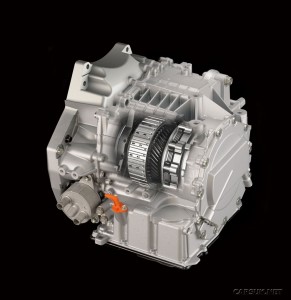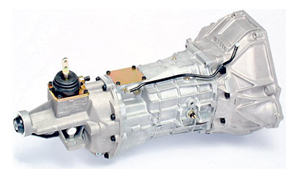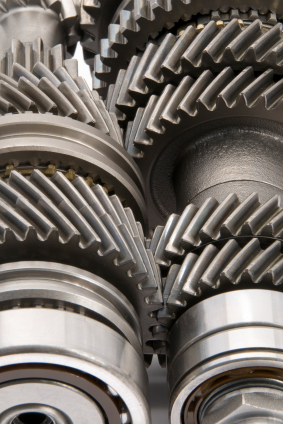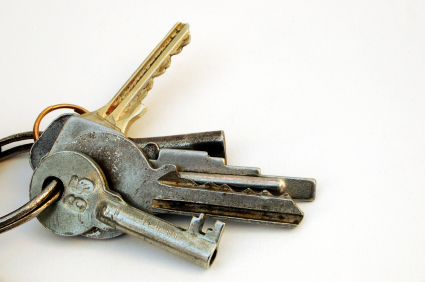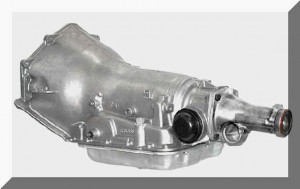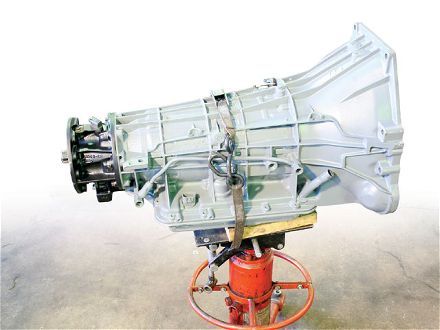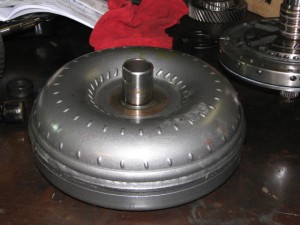
Torque Converters for Automatic Transmissions
Lets pick up where we left off from torque converters part-1. As for stall speed, a torque converter to automatic transmissions is like a clutch to a manual transmissions. Imagine when a clutch is fully released, and you get all the power from the engine. That’s stall speed. A 2,500 stall speed doesn’t mean you need to rev the motor to 2,500 rpm for the vehicle to move. What it does mean in this case is 2,500 rpm is the limit at which the converter will hold back the engine speed if transmission output is prohibited. By disallowing further gain, the increase in engine rpm “stalls.” The speed at which stall occurs with a given converter is a function of engine-peak torque.
You can roughly check your converter’s stall speed by putting the car in Drive, pressing firmly on the brake, and depressing the throttle fully for a couple of seconds. Stall speed will be the maximum rpm shown on the tach. Of course, the tires may spin, as the engine will likely overcome the brake system’s ability to hold them back. This method is referred to as brake stall speed, which is lower than true stall speed, but it’ll get you close enough, though it’s not recommended.
These are four different stators used in the 245mm converter to alter stall speed and torque multiplication. Dozens of different stall speeds can be achieved by using the right fin angle on the bowl and the right stator combination. Experience will allow the builder to select the right combination based on the particulars of your car and its intended use.
A number of factors should be taken into consideration to determine what stall speed is suitable for your high performance project, such as engine-peak torque, the shape of the engine-torque curve, vehicle weight, rear-end ratio, and cam specs. Weight and resistance has a great bearing on stall speed.
For instance, a 2,500-rpm stall speed converter in a T-bucket (light in weight) will probably stall around 1,800 rpm, but put the same converter in a heavier pickup truck and that will ”stretch” it to around 2,800 rpm.
The maximum amount of torque multiplication is dependent on the size and geometry of the blades in the turbine and stator, and it’s generated only when the converter is at or near the stall speed. There will always be a trade-off between maximum torque multiplication and efficiency. High-stall ratio converters are usually relatively inefficient below the coupling speed, whereas low-stall ratio converters tend to provide less possible torque multiplication.
While torque multiplication increases the torque at the turbine output shaft, it also increases slippage inside the converter, raising the fluid temperature and reducing overall efficiency. This is why the internal parts and characteristics of a converter must be matched to the intended vehicle’s specs. It should be noted that lower stall converters (for towing purposes) limit internal heat production, the biggest killer of any transmission.
Heat isn’t the only cause of failure, though, and sudden applications of power in high-horsepower vehicles can break the stator clutch or deform or break the turbine or pump blades. Prolonged excessive loads, very high rpm, or hard launches can distort, or balloon, the housing, even rupturing it in extreme cases.
One aspect of converters we haven’t talked about so far is sizing. let me attempt to explain why some converters are larger than others and how two different-size converters can have the same stall speed.
Two different-size converters can have the same stall speed, but their efficiencies will vary greatly. A converter pump will tend to have a higher efficiency when its blades have a positive angle to them, as this feeds the most fluid to the turbine. The more fluid you feed the turbine, the harder it pushes on it and the more torque is delivered to the transmission.
That’s about it on torque converters without lock up. You can only imagine by reading part-1 and part-2 about torque converters how precise they are and the training and equipment to rebuild them. We want you to feel comfortable buying transmissions from us, education is the key. Need more information? Call us now at 866-320-1182, GotTransmissions.com




